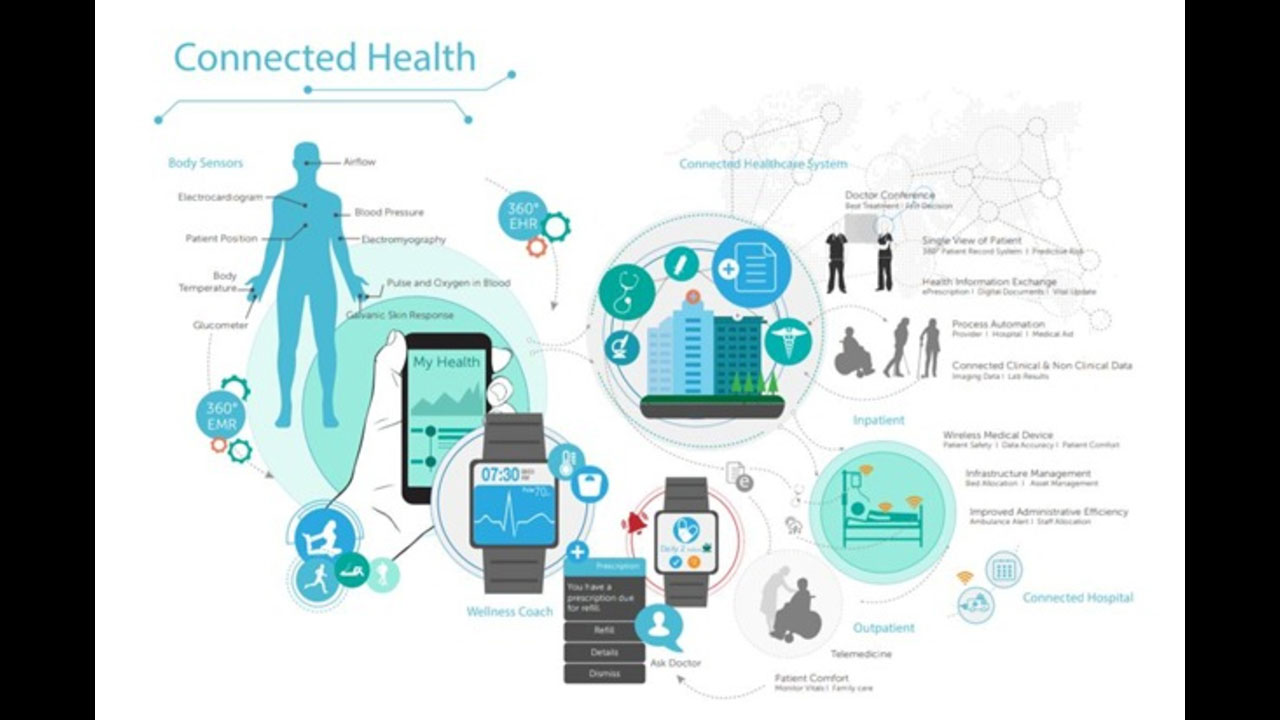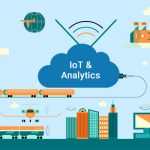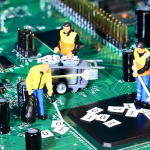
Wireless connectivity and miniaturized sensors are unleashing a wave of smart medical devices improving patient outcomes. Internet of Medical Things (IoMT) solutions monitor health data continuously and remotely, enabling care personalized to each user’s patterns and context. This article will examine the breakthrough applications and remaining challenges as networked diagnostics and treatments transform healthcare.
Enhancing Monitoring and Compliance
Wearable health trackers highlight the potential of IoMT for wellness monitoring. Devices like Fitbit, Apple Watch, and Oura Ring keep users engaged by delivering biometric feedback conveniently. Integrated sensors log activity, heart rate, sleep, temperature, and more, while companion apps provide analysis and coaching. Users gain personalized insights to sustain healthy behaviors.
For patients managing chronic diseases, connected devices enable continuous oversight between doctor visits. GE Healthcare’s smart ECG monitor beams recordings to physicians if abnormal heart rhythms occur. Such real-time rhythm assessment prevents adverse events. Likewise, Propeller Health’s smart inhalers track usage and environmental factors for personalized asthma control. Sensors notice when patients need reminders or intervention.
Startups like physicIQ take compliance tracking further with their wearable PinPointIQ platform. Multisensor nodes feed vital sign analytics to AI cloud services, then relay prompts when attention is needed. Such “medical guardian angel” solutions help those struggling with therapies stay consistent.
Prescribing Digiceuticals
Beyond monitoring, networked therapies allow physicians to prescribe apps and treatments remotely. Digital therapeutics or “digiceuticals” use connected devices to deliver personalized interventions. For instance, migraine management platform Nerivio worn on the upper arm activates conditioned pain modulation upon detecting an attack. Data confirms the wearable device helps avoid 50% of headaches.
Similarly, Mindset Medical’s RespirAct throat stimulation device improves breathing in those suffering from COPD. The connected system logs progress through a mobile app. Remote configurability allows physicians to adjust stimulation programs tailored for each patient.
Such smart treatment systems unite software and hardware into adaptive interventions. As digital therapeutics grow, pharmaceuticals may commonly include connected delivery devices. Digiceuticals enable therapy customization benefits remotely that pills alone cannot provide.
Artificial Intelligence Improving Diagnosis
Integrating AI with connected tools also enhances clinicians’ capabilities. Imaging startup Nines uses computer vision to assess CT scans for early signs of stroke faster and more consistently than human radiologists. Timely diagnosis directly impacts treatment outcomes. Likewise, Forward Health Group’s Keebo conversational AI chatbot lets patients conveniently describe symptoms to triage situations and direct care more appropriately.
AI also aids professionals sorting complex histories to deduce insights. Researchers at UPMC and Pitt University’s Machine Learning Lab developed an ML algorithm parsing medical records to identify candidates for cancer clinical trials with 95% accuracy. Lead professor Dr. Jeremy Kahn shared that such tools help clinicians “cut through noise in data and focus time on the patients most likely to benefit.”
Overall, AI assists providers in making high-value decisions. It serves professionals rather than replacing their judgment. Combined with networked apps and devices, AI elevates care while optimizing resource usage.
Securing Connected Systems
However, cybersecurity remains imperative to safeguard connected devices and health data. Trusted Platform Modules help authenticate firmware and encrypt sensitive information. Standards like UL’s 2900 outline processes for security-focused device lifecycle management. With connectivity comes responsibility to assure robust protections.
Partnerships across the industry also advance end-to-end security. Arm’s Pelion IoT platform plus hardware-boosted security integrated with AWS and Verizon simplifies shielding connected systems. Likewise, deviceOS software platform Hypertrust applies blockchain technology to assure sensor data legitimacy and access controls for IoMT deployments at facilities.
Though challenges persist, concerted efforts like the US FDA’s Pre-Certification Program for digital health products aim to balance expedited innovation with responsible protections for lives and privacy. Security enables trust in connected care’s exponentially growing potential.
Accelerating Personalized, Preventative Care
In summary, networked devices and analytics are profoundly transforming medicine from reactive to proactive. Continuous diagnostics detect subtle changes early when interventions are most effective. By uncovering individualized patterns, care adapts to each person’s evolving needs instead of relying on population averages. Geisinger Health System CEO Dr. Jaewon Ryu foresees that data-driven predictive models will ultimately “make disease optional.” The strides already enabled by connected solutions underscore the vast possibilities ahead.

















